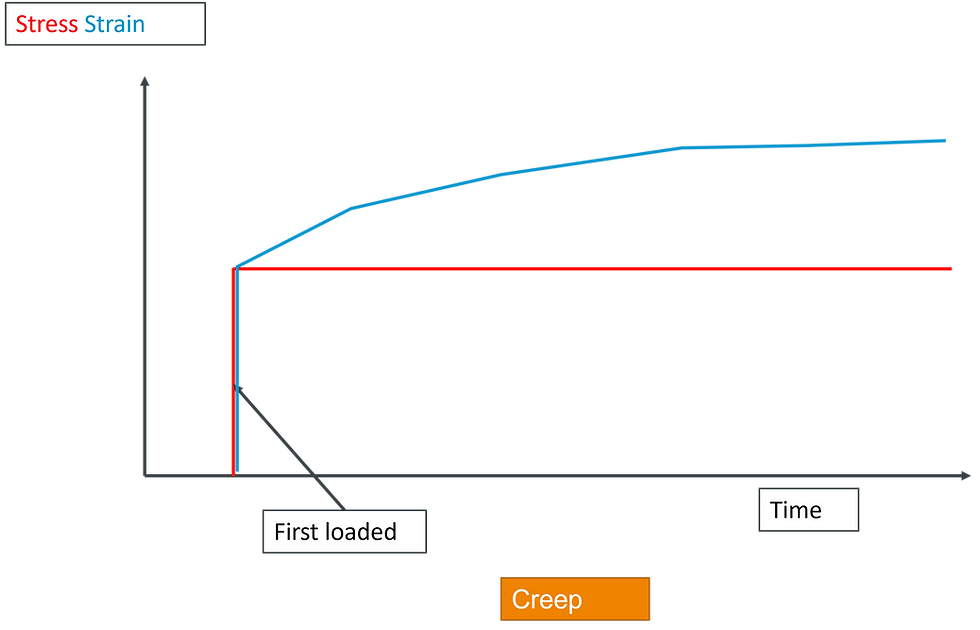Statically determinant structures – in practical use
- Si Shen

- Oct 13, 2019
- 2 min read
I remember the time when I dipped my toe into the theory of structures, one of the first lectures in my university was about the concept of statically determinant structures. I got the concept back then, but have never ever used it in real work. Textbooks define ‘statically determinate structures’ to be those that can be solved by equilibrium equations. I do not want to repeat what is already written in the textbook. For a practical engineer, I like to simplify things and find practical uses for the theories. In this blog post, I would like to share what I have collected about how this concept can be applied in practical work.
To me, a ‘statically determinate’ structure basically means that a structure has just enough supports to keep it stable, no more, no less. For example, a cantilever column or a beam on pin-roller support are both ‘statically determinate structures’. Give them one more support of any type, they become ‘statically indeterminate structures’. There is no discrimination for a structure either being determinate or indeterminate.
When a structure is statically determinant, it has the following practical meaning for a structure:
1. The relative movement between different supports do not affect the stresses within the structure. This would be particularly useful when the supports for the structure are to certain degree unstable. For example, foundation supports to a frame structure may have (differential) settlement; or concrete beam supports to an escalator truss may experience long-term deflection.

2. The support reactions are unaffected by the material or geometric properties of the structure. In other words, the deformation of the structure subject to loadings does not affect the support reactions. For a statically indeterminate continuous beam, how much reaction force is distributed to each support depends on the relative stiffness of each part of the structure. Here, section properties of the structure becomes important in understanding the stress distribution.

3. The structure provides no restraints to ‘self-straining’ load effects such as thermal expansion/contraction, or shrinkage of concrete. In other words, ‘self-straining’ load effects do not result in additional stresses in the structure. By the way, I plan to make ‘self-straining’ load effects another blog post topic.
Generally speaking, to satisfy a given set of specific requirements for strength and deflection limit, statically indeterminate structures are more economic designs as they have more supports than the absolute minimum to remain stable, resulting in less stress and deflection. Moreover, statically indeterminate structures are more robust against accidental or disastrous events, such as collision impact or seismic events, as they have built in redundancies within the system. If an accident or disaster take out part of the structure, statically indeterminate structures have better chance of survival, as the rest of the intact structures may have enough support to keep itself stand up.

From my limited experience, the majority of frame building structures are statically indeterminate structures, because they have the luxury of having more supports to make the design more economic, since it is relatively easy to put in more columns (although always against the architect’s will). The majority of bridge structures are statically determinate structures as the locations for piers can normally only be had at specific given locations, and thermal movement over a long span tends to induce an enormous amount of stress if restraint from moving freely.




Comments